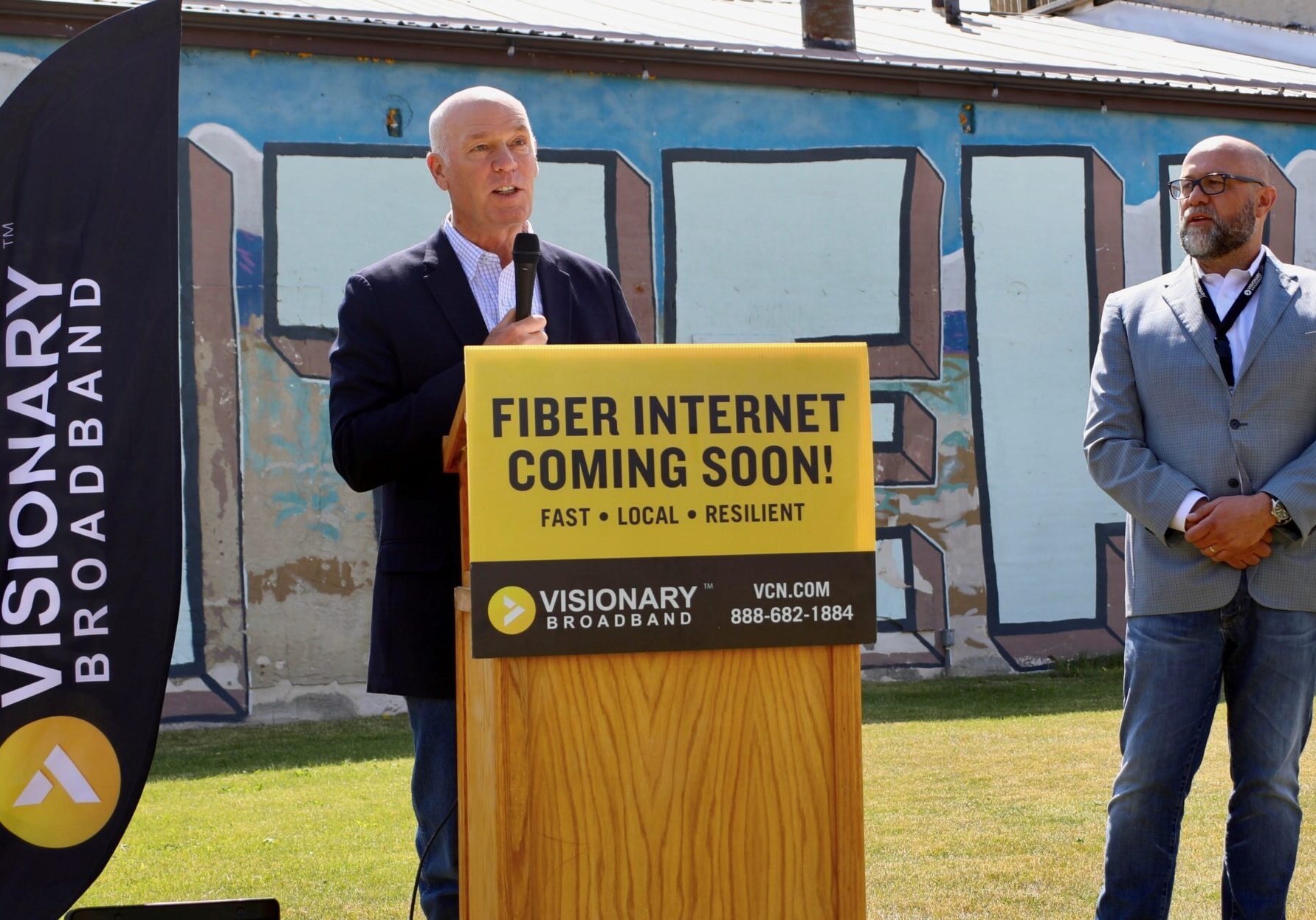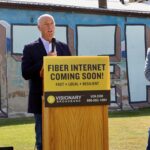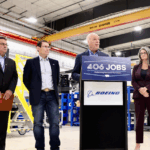Montana Approves $308 Million in Broadband Grants Under New Federal Rules
32 projects will connect all unserved locations statewide as Trump administration's technology-neutral policy delivers results
By Staff Writer
Aug 29, 2025
HELENA — Montana has taken a major step toward closing its digital divide, with Governor Greg Gianforte approving $308 million in federal broadband grants that will bring high-speed internet to all 71,975 unserved and underserved locations across the state.
The funding, approved Tuesday after a unanimous vote by the Communications Advisory Commission, represents the payoff from policy changes the Trump administration made to federal broadband programs earlier this year. In June, Western Montana News reported on how the administration eliminated the “fiber-first” preference and streamlined the approval process to prioritize cost-effectiveness and speed.
“Since taking office, we’ve worked with the Legislature to bridge the digital divide for unserved and underserved areas of Montana,” Gianforte said. “Thanks to the work of the Communications Advisory Commission and the Department of Administration, we have taken another step toward making Montana a national leader in Internet connectivity.”
Rural Providers Lead the Way
The funding will support 32 projects using a mix of fiber optic cables, fixed wireless towers, and satellite technology. Blackfoot Telephone Cooperative emerged as the biggest winner, receiving $53.1 million for six projects across rural areas including Drummond, Philipsburg, and Potomac Valley. All of their projects received full funding.
Charter Communications also secured significant funding for expansions in populated counties including Yellowstone, Lewis & Clark, Flathead, and Ravalli. The company’s projects range from $3 million expansions in smaller areas to $10 million builds in major population centers.
Other major recipients include Grizzly Broadband, which will receive funding for fiber projects in multiple counties, and several rural telephone cooperatives that serve Montana’s most remote areas.
Strategic Funding Decisions
The commission’s recommendations show a strategic approach to stretching federal dollars. While some projects like Blackfoot Telephone’s rural builds received 100% of requested funding, others received partial awards based on cost considerations.
For example, Visionary Communications requested $8.9 million for fiber projects in Whitehall and Three Forks but received $2.8 million, or about 32% of their request. Similarly, some Charter Communications projects in heavily populated areas received partial funding to ensure more rural areas could be served.
“This is a big step on what has already been a very long journey to deploy BEAD dollars in a cost-effective way to reach all 70,000+ locations still in need of high-speed internet,” said Department of Administration Director Misty Ann Giles.
Technology-Neutral Approach Pays Off
The mix of technologies reflects the Trump administration’s “technology-neutral” policy that allows fiber, wireless, and satellite providers to compete on equal footing based primarily on cost rather than technology type.
This represents a significant shift from the previous administration’s approach, which prioritized fiber optic installations as the gold standard for rural broadband. The new policy allowed Montana to restart its application process and consider a wider range of solutions for reaching remote areas.
Montana was among the first states to adapt to the federal policy changes and appears positioned to be among the first to actually deploy funding under the new rules.
Next Steps
The recommendations now await approval from the National Telecommunications and Information Administration (NTIA). Once approved, the Department of Administration will release grants to the selected internet service providers.
The funding comes from the federal Broadband Equity Access and Deployment (BEAD) program, which allocated Montana $629 million total to close digital gaps across the state. Today’s announcement represents about half of that total allocation.
For Montana communities that have struggled with slow or unreliable internet service, the funding promises to deliver the connectivity needed for remote work, distance learning, telehealth, and modern business operations.
“We are excited to submit our Final Proposal to NTIA for review and look forward to actually getting these funds deployed,” Giles said.
Categories: Government, Technology
Don’t miss the week’s top Montana stories
Join readers across Montana who rely on WMN for independent reporting.
Unsubscribe anytime. Want to support WMN? Upgrade for $4/month →





